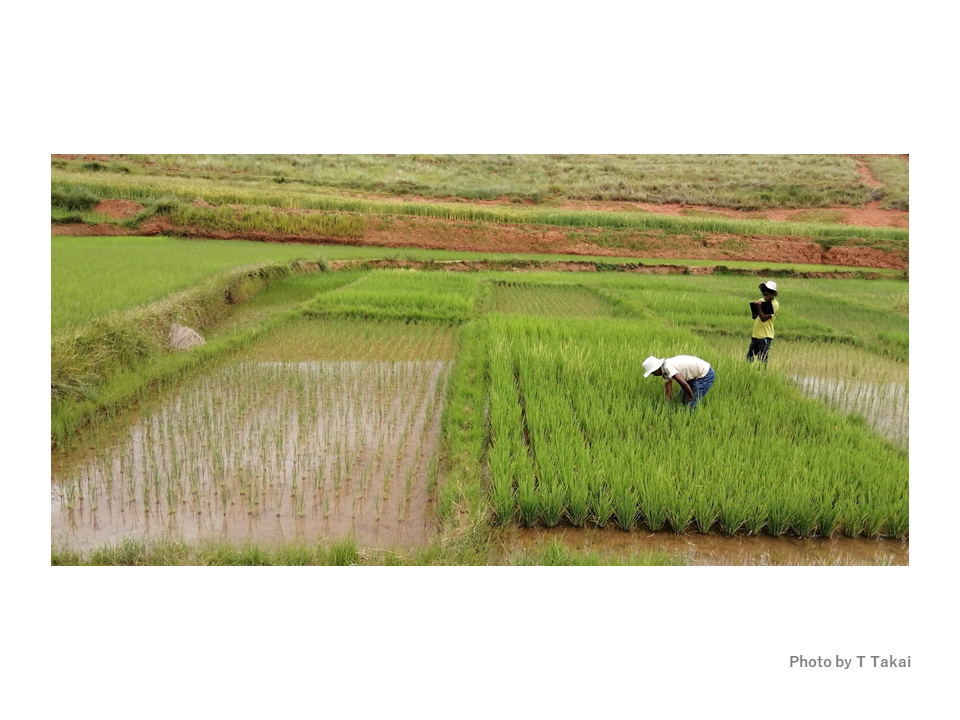Pick Up
923. Exploring the Potential of Rice Tillering for Sustainable Food Production

923. Exploring the Potential of Rice Tillering for Sustainable Food Production
Tillering, the process of shoot branching in rice and other cereals, plays a central role in determining panicle number - a key factor in achieving high yields. While recent advances in molecular biology have revealed intricate details of the mechanisms that control tillering in rice, the pool of genes that contribute to shoot branching and high yield remains relatively limited for practical use in rice breeding and cultivation. In this landscape, the emergence of the MP3 gene represents a remarkable breakthrough. This gene has demonstrated the ability to stimulate tillering and moderately increase panicle number.
Of particular interest is the evolutionary relationship between MP3 and the maize gene TB1, both derived from a common ancestral gene. Notably, while increased TB1 function in maize results in a non-branching grass type, a slight reduction in MP3 function in rice results in a discernible increase in panicle number, offering a promising avenue for improved rice yield. This effect is particularly beneficial in the face of the challenges posed by climate change and nutrient-depleted environments.
With the pressing global concerns of escalating population growth and climate change, achieving sustainable food production is imperative to ensure food security. The MP3 gene, which controls plant tillering, is emerging as a key player in addressing this urgency and is poised to play a central role in the future of agriculture.
More details are described in the following open access review article.
Takai T (2023) Potential of rice tillering for sustainable food production. J Exp Bot erad422, https://doi.org/10.1093/jxb/erad422
References
Takai T (2023) Potential of rice tillering for sustainable food production. J Exp Bot erad422, https://doi.org/10.1093/jxb/erad422
Takai, T., Taniguchi, Y., Takahashi, M., Nagasaki, H., Yamamoto, E., Hirose, S., Hara, N., Akashi, H., Ito, J., Arai-Sanoh, Y., Hori, K.,Fukuoka, S., Sakai, H., Tokida, T., Usui, Y., Nakamura, H., Kawamura, K., Asai, H., Ishizaki, T., Maruyama, K., Mochida, K., Kobayashi, N., Kondo, M., Tsuji, H., Tsujimoto, Y., Hasegawa, T., Uga, Y. (2023) MORE PANICLES 3, a natural allele of OsTB1/FC1, impacts rice yield in paddy fields at elevated CO2 levels. The Plant Journal, https://doi.org/10.1111/tpj.16143
Ishizaki, T., Ueda, Y., Takai, T., Maruyama, K., Tsujimoto, Y. (2023) In-frame mutation in rice TEOSINTE BRANCHED1 (OsTB1) improves productivity under phosphorus deficiency. Plant Science, https://doi.org/10.1016/j.plantsci.2023.111627
Press Release:Discovery of Koshihikari-Derived Gene that Increases Rice Yield in High CO2 Environment https://www.jircas.go.jp/en/release/2022/press202225
787. Genome Editing Produces Rice Plants with Improved Yield under Phosphorus Deficiency https://www.jircas.go.jp/ja/program/proc/blog/20230530
Contributors: TAKAI Toshiyuki (Crop, Livestock and Environment Division), NAKASHIMA Kazuo (Food Program)
